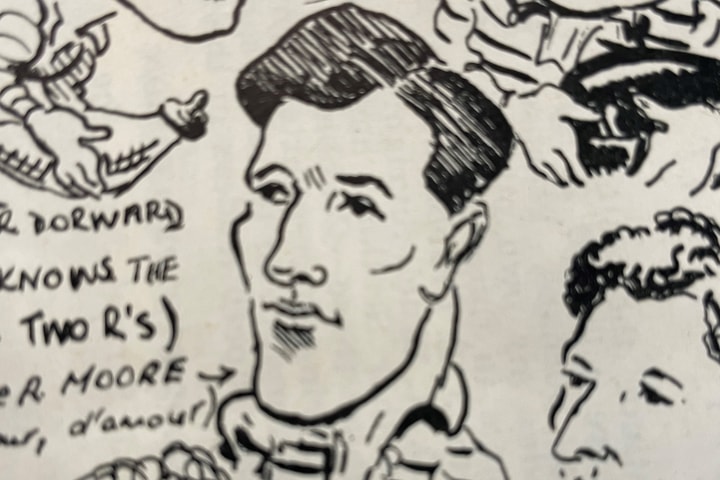On 30th October 2021, the latest in a seemingly endless line of great All Black wingers, Will Jordan, caught the ball in his own half, accelerated and then kicked over his opponents' heads at the Principality Stadium, going on unchallenged by a bemused Welsh defence to touch down a thrilling try. In the days after the match, my mind went back over the last forty to fifty years to ponder how it is that New Zealand has produced an endless supply of outstanding try-scoring wing three quarters.
The statistics speak for themselves. In over 750 matches since 1871, England's wingers have scored around 870 tries, of which Rory Underwood contributed 49 and followers of English rugby will recall wryly that few passes reached their wingers in the 1960s and 70s. Add in the fact that all the wingers who have played for Wales in over 750 full international matches since 1881 have scored around 860 tries with Shane Williams scoring 58 of them. Only ten Englishmen and seven Welshmen have scored 20 or more tries in all those matches and yet, since 1970 alone, eleven All Black wingers between them have scored, allowing for tries scored in other positions, more than 375 tries in the 328 internationals that New Zealand have played since that date.
The roll-call is indeed a great one and a testament to the attacking abilities of successive All Black teams. The strength of Samoan-born Bryan Williams (10 tries in 38 tests) and the apparently effortless pace of Stuart Wilson (19 tries in 34 tests) in the 1970s was succeeded by the power of John Kirwan (35 tries in 63 tests) in the 1980s, a key player in the 1987 World Cup triumph and scorer of one of the all-time great tries in their opening match against Italy.
In the following decade, the exuberant all-round athleticism of Jeff Wilson (44 tries in 60 tests) combined with the awesome stature and power of Jonah Lomu (37 tries in 63 tests) to provide an additional cutting and much feared edge to All Black back play. The speed of Doug Howlett (49 tries in 62 tests) and the wizardry of the Fijians, Joe Rokocoko (46 tries in 68 tests) and Sitiveni Sivivatu (27 tries in 43 tests) then lit up the first decade of the 21st century. They were followed by the rugged power of Julian Savea (46 tries in 54 tests), elder brother of back row forward Ardie, and the stylishly balanced runner Ben Smith (39 tries in 84 tests) who featured in the 2015 and 2019 World Cups. The emergence of Rieko Ioane (30 tries in 45 tests to date), younger brother of another All Black back row forward Akira, in the year after the 2015 World Cup ensured the continuation of the line - and now there is Will Jordan who scored his 17th try in only his 12th international, against Ireland.









